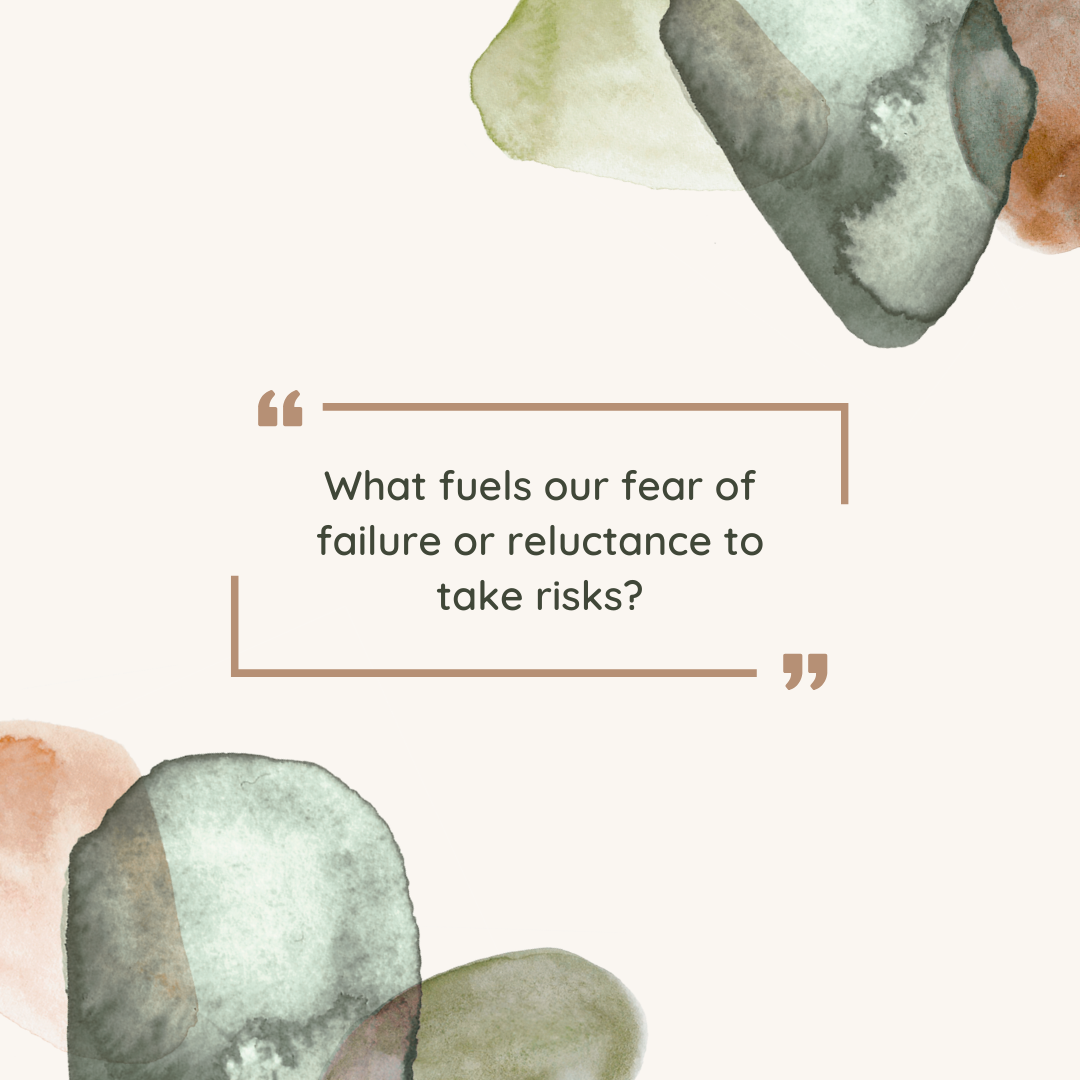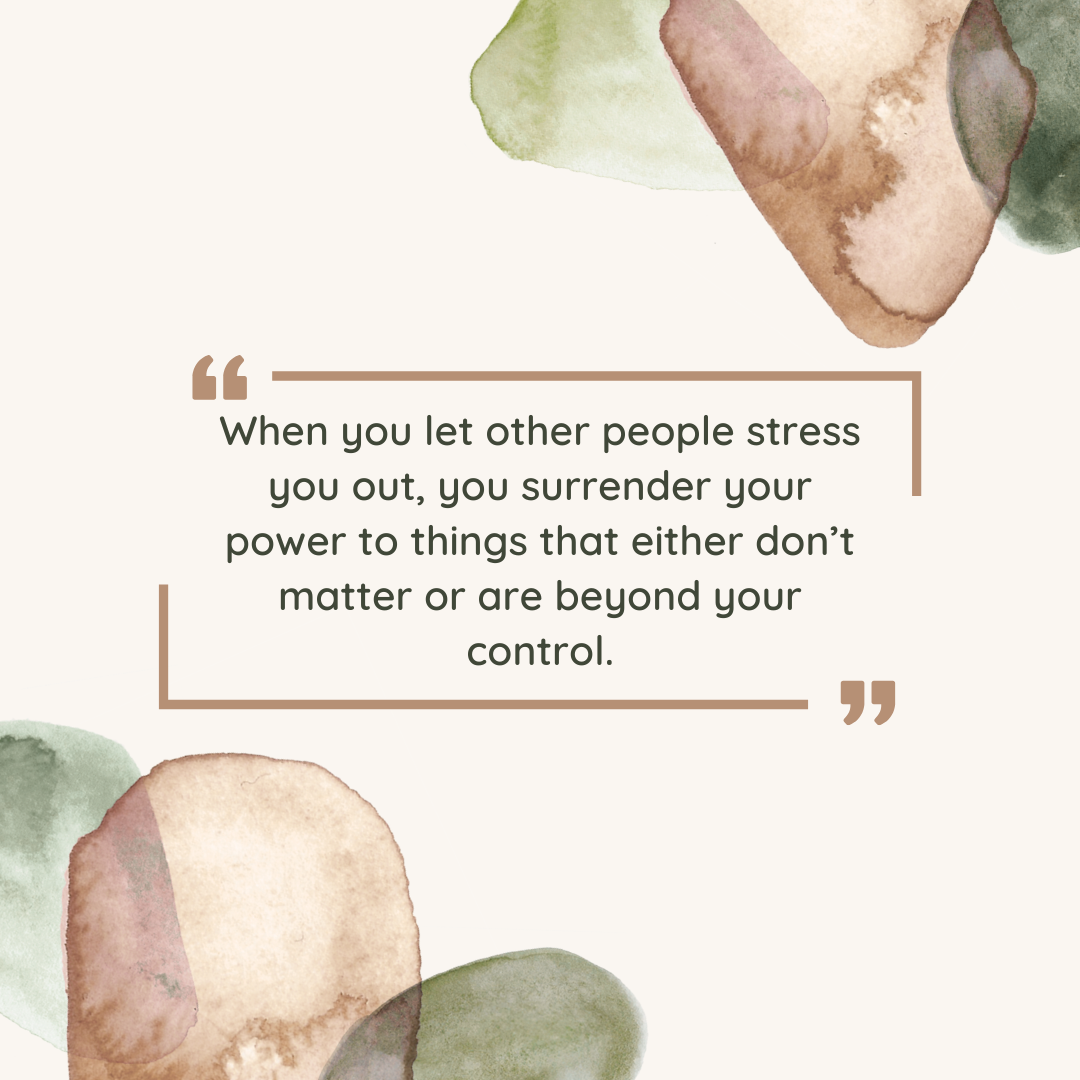Unlocking Your Power: A Deep Dive into Mel Robbins' Let Them Theory
My late-night scrolling on TikTok unexpectedly led me to my next read. A clip featuring Mel Robbins in conversation with another podcaster popped up on my feed, their discussion centered on the liberating act of relinquishing control appealed to me. Just three minutes into the video, I was completely engrossed. The next thing I knew, I was tapping "buy now" on the Kindle edition of Let Them Theory.
While Let Them Theory didn't necessarily unearth entirely new revelations about navigating interpersonal dynamics, I found it to be a refreshing reminder of crucial self-help principles of letting go and acceptance. Robbins possesses a remarkable gift for storytelling, making complex ideas feel accessible and practical for the everyday reader. Unlike some self-help books that can get bogged down in scientific jargon, Let Them Theory takes a basic and simple approach. To be honest, it kind of feels like you’re listening to a friend. For some, that’s the best way to receive information, for others, you may require a little more depth and complexity.
Robbins kicks off the book with a simple and practical tool called the 5-Second Rule, a motivation tactic she introduced in her earlier work. This simple technique of counting down from five and then taking immediate action serves as a powerful approach against procrastination and overthinking. While not a groundbreaking concept in itself, Robbins brilliantly positions it as an initial step towards self-empowerment, emphasizing the crucial message that "no one is coming to save you. You must save yourself from yourself."
As Robbins elaborates, consistently practicing the 5-Second Rule helps us push through hesitation, anxiety, fear, and self-doubt. This leads her to pose a series of introspective questions: Why do we constantly feel the need to force ourselves forward? What fuels our fear of failure or reluctance to take risks? Why do we struggle to ask for our needs? What obstacles truly stand in our way? The underlying answer, Robbins suggests, often lies in our preoccupation with others – their thoughts, opinions, and feelings about us.
This realization sets the stage for the book's central focus: the "Let Them Theory." Robbins argues that we expend an enormous amount of energy trying to manage and control aspects of others' lives and perceptions that are simply not ours to control. This constant effort to dictate how someone thinks, feels, or acts ultimately drains us and robs us of our full potential. As Robbins powerfully states, "When you stop managing everyone else, you’ll realize you have a lot more power than you thought—you’ve just unknowingly been giving it away."
The "Let Them Theory" is about liberation – freeing ourselves from the futile pressure of controlling others. It's about recognizing that our happiness is intrinsically linked to our own actions, not the behavior, opinions, or moods of those around us, which let’s be frank is much easier said than done. However, Robbins strongly points out that "Let Them" is only half the equation. The other crucial part is "Let Me."
"Let Me" shifts the focus inward, emphasizing what we can control: our own behavior, attitude, approach, and values. It's about cultivating self-awareness, practicing self-compassion, embracing personal responsibility, and ultimately empowering ourselves.
Reflecting on my own experiences, I wish I had encountered this book during a particularly challenging season in my career. Working in a toxic environment where every issue felt like an urgent crisis had plunged me into a state of chronic stress. I found myself constantly reacting to external demands, a mode of operation that severely impacted my mental and physical well-being. Spread thin and emotionally depleted, I experienced physical manifestations of stress, including hair loss and anxiety attacks. Looking back, I realize I had surrendered my power, absorbing the stress and anxiety of those around me as my own. I had fallen into the trap of trying to control the uncontrollable, leaving me jaded and burnt out. I had even convinced myself that I was stuck, paralyzed by inaction and a litany of excuses. Robbins' words resonated deeply, "When you let other people stress you out, you surrender your power to things that either don’t matter or are beyond your control." Recognizing this, I made the difficult but necessary decision to leave that environment. While I understand that such a drastic step isn't feasible for everyone, the core message remains that while we may not always control what happens to us, we always have control over our response. My resignation was my "Let Me" – taking control of my well-being and choosing a different path.
Another insightful takeaway from the book is Robbins' assertion that "we're all just a bunch of eight-year-olds" when it comes to emotional regulation. Harsh? Yes, but this section served as a powerful moment of self-reflection. While it's easy to identify areas for improvement in the emotional intelligence of others (we all have that one family member or friend), Robbins compels us to turn the mirror inward. She highlights that many people lack the skills to process their emotions healthily or communicate their needs directly and respectfully. Emotional intelligence isn't innate; it's a skill that requires cultivation. I, for instance, was prone to giving the silent treatment, a childish response rooted in an inability to understand and articulate my emotions. Understanding this connection allowed me to apply the "Let Them" theory to my own emotional landscape. I can allow my emotions to arise and acknowledge them, but the "Let Me" part is about choosing a mature response rather than reacting impulsively. It's about observing my feelings, offering myself grace, and communicating my needs constructively when I'm ready. My commitment to developing my emotional intelligence naturally fostered a greater sense of grace and understanding in my interactions with others.
Finally, Robbins emphasizes the crucial concept of accepting that people change when they are ready to change. Her anecdote about a wife attempting to pressure her husband into weight loss perfectly illustrates this point. The wife's nagging and passive-aggressive tactics only led to resistance and frustration. True change, Robbins argues, stems from within. Individuals must be willing to confront the potential discomfort of change and be motivated by their own internal drive. Instead of trying to force change, Robbins advocates for modeling the behavior we wish to see. Leading by example and demonstrating the positive outcomes of change can be a far more effective catalyst. As Robbins wisely notes, "When you push someone, it only makes the person push back. You’re working against the fundamental law of human nature. People need to feel in control of their decisions."
While I appreciated the potent reminder this book offers, I would be remiss not to highlight its shortcomings. Although Robbins avoids overly complex scientific jargon, I feel she doesn't adequately unpack the psychological and scientific findings and frameworks she references. Her tendency to name-drop experts without delving deeper leaves some concepts lacking full understanding and clear application to her central argument.
Although Robbins' "Let Them" and "Let Me" framework offers a seemingly straightforward path to relinquishing control and focusing on oneself, a significant shortcoming lies in its oversimplification of nuanced and complex situations. The approach, while potentially helpful in everyday interpersonal dynamics, doesn't adequately address the intricate challenges of dealing with individuals facing severe struggles, such as substance abuse, addiction, or cognitive conditions. In such cases, a purely "Let Them" stance can appear dismissive, failing to acknowledge the potential need for intervention, professional support, and the delicate balance between detachment and compassionate engagement. The "Let Me" aspect, while emphasizing self-care, may feel insufficient when navigating the emotional toll and practical complexities of supporting someone through such a difficult journey.
Lastly, the book felt somewhat longwinded around chapter 18 when it introduced a section heavily focused on dating and relationship advice using the "Let Them" theory. While I understand the intention to cover a full spectrum of interpersonal relationships—given the book's discussion of professional, family, and platonic connections—this section felt unnecessary. By this point in the book, the core message had already been conveyed effectively.
Despite its shortcomings, I walked away from this book feeling more empowered to invest my energy in what I can control – my own thoughts, feelings, and actions.
To end, in its simplest form, Let Them Theory boils down to granting others the space and grace to navigate their own journeys, including experiencing the consequences of their decisions, even if we don't agree with them. It's about releasing the burden of trying to steer everyone else's ship and focusing on charting our own course with intention and self-awareness.
What Should We Read Next?
What book has captured your attention lately? Share your recommendations for our next WokenHeart read in the comment section below!




